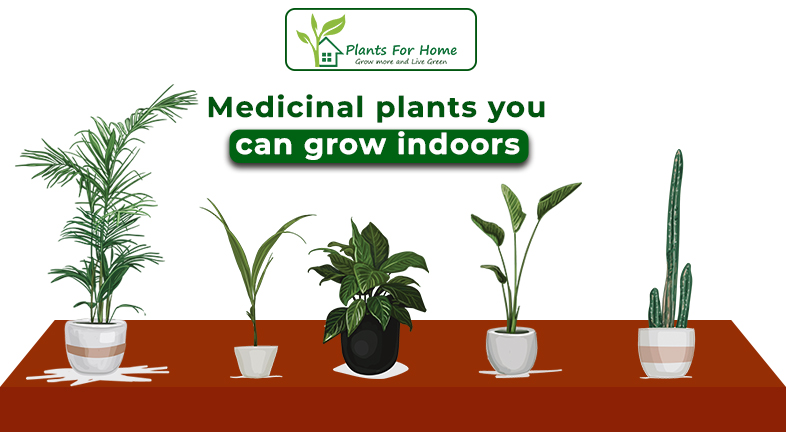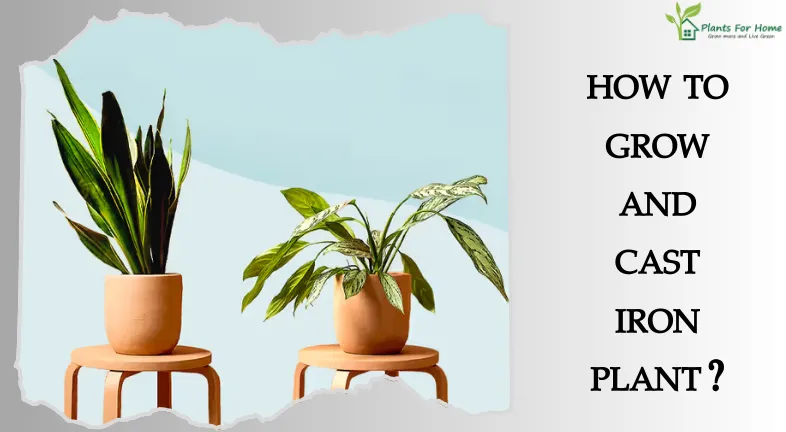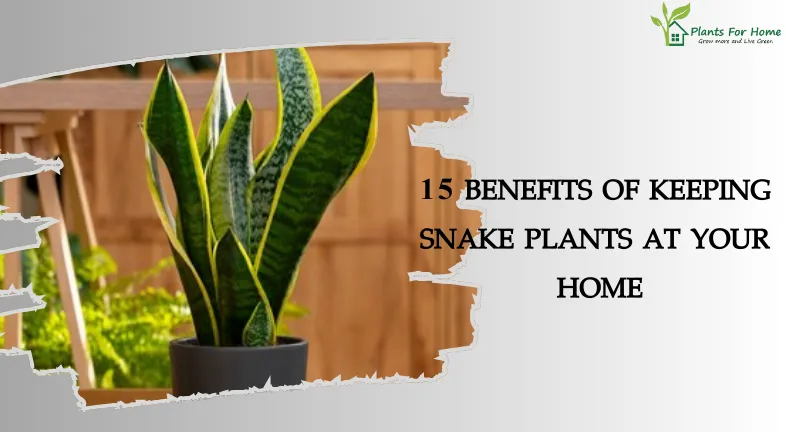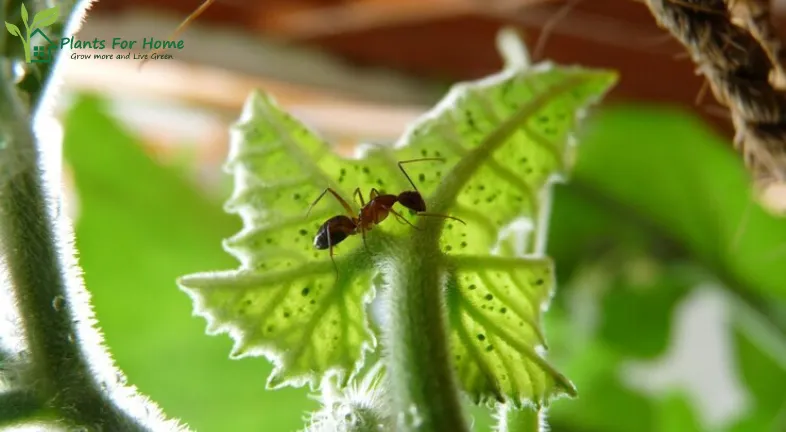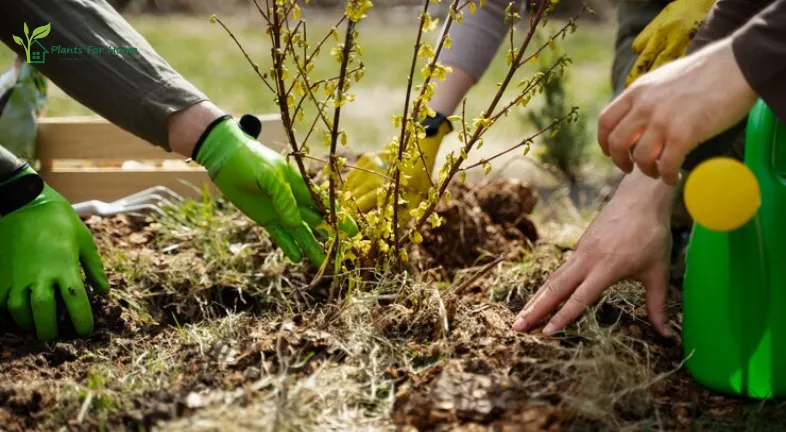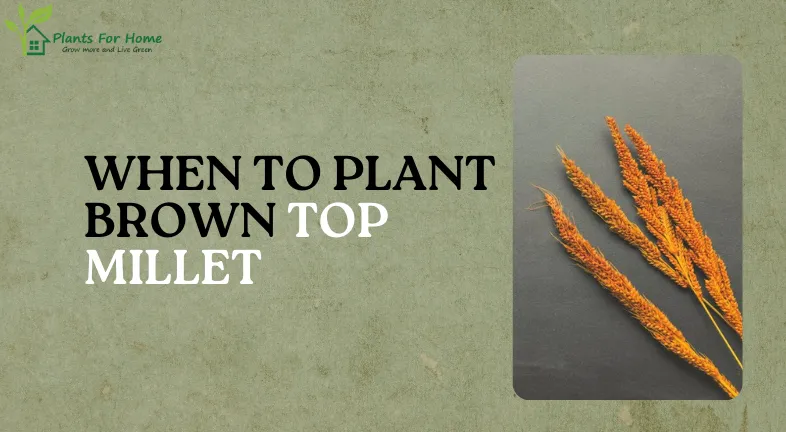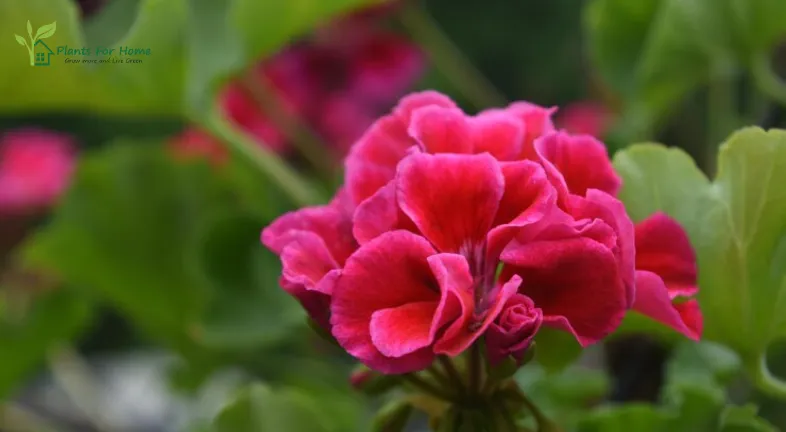WORST TIME TO WATER PLANTS

There is no one, all-encompassing terrible period for plants, despite the abundance of advice on the internet regarding the “worst time” to water them. Every plant has different requirements and preferences, and many variables influence the ideal time of day. So let’s go into the more important parts of good watering habits rather than just avoiding certain periods.
Realizing What Is Important:
Instead of dreading a certain hour, pay attention to these essential components of a well-hydrated body:
Needs of the Plants: Water needs vary amongst plants. Ferns love regular moisture, while cacti prefer dry environments. Find out the right amount of soil moisture and frequency of watering for your particular plant by researching its requirements.
Environmental Elements: Wind, humidity, light, and temperature all affect how much water is needed. On overcast days or in excessive humidity, water less regularly; vary the frequency according to the season.
Conditions of the Soil: While clay soil retains moisture and requires less frequent but deeper watering, sandy soil drains more quickly and needs more regular irrigation. Knowing what kind of soil, you have is essential.
Plant health: Different watering techniques may be required for a stressed or sick plant. Modify the quantity and frequency in accordance with plants condition.
Beyond the Hour: Untruths and Truths

Let’s now address several myths regarding “bad” watering periods that are frequently held: Myth: It’s usually untrue that watering at night brings on illness. Humidity is a favorable habitat for fungi, however it shouldn’t be produced by nighttime watering. Maintain enough air circulation and drainage to prevent fungal problems.
Myth: Watering leaves at noon burns them. Water droplets on leaves that are under direct sunlight can intensify the sun’s beams, however this rarely results in major harm. Give the plant a thorough watering at the base to prevent leaf soaking, especially in the hours of most sunlight.
Myth: Plants are shocked by cold water Room-temperature water is usually fine, but abrupt temperature shifts might stress plants. Use tepid water if you are worried, especially if the plants are delicate.
Adopt a Flexible Strategy:
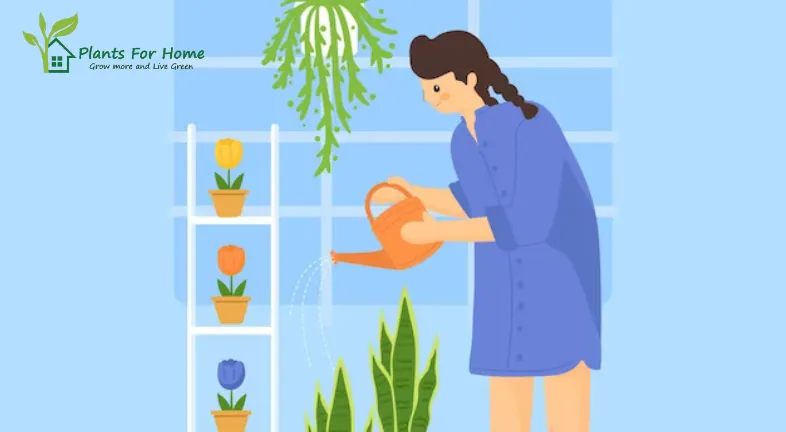
Use a flexible approach that takes into account the specific needs of each plant and the surrounding conditions rather than strict guidelines about time. Here are a few useful pointers:
- Keep an eye on your plants to spot symptoms of thirst, such as withering leaves and dry soil, and don’t overwater them according to a timetable.
- Verify the moisture content of the soil. Before watering, check the moisture content of the soil with a moisture meter or your finger.
- Water sparingly and deeply to avoid waterlogging and to promote deeper root growth.
- Adapt to the weather: During hot, dry times, increase watering; during cool, wet spells, decrease irrigation.
- Think about the size and substance of the container: Clay pots dry out faster than plastic pots, and smaller pots dry out more quickly than larger ones. Watering should be adjusted appropriately.
There’s no watering magic hour. You may create a flexible watering schedule that guarantees your plants’ optimum health and prevents needless stress by being aware of their requirements and the effects of the surrounding environment. Therefore, set aside the time and concentrate on establishing a space that will allow your plants to flourish.
- Mulch to keep moisture in the soil and keep weeds at bay.
- Gather rainwater to use for more environmentally friendly irrigation.
- For simpler maintenance, group plants with comparable water requirements.
- Never be hesitant to try new things and modify your watering techniques in response to your observations and the unique requirements of your collection of plants.
No matter the hour of the day, you can confidently take care of your plants and ensure their healthy growth and beauty with a little awareness and attention.
The most pervasive myth is perhaps the idea that watering plants at night is bad. This is a result of worries regarding:
- Increased disease: The theory is that moisture left on leaves overnight encourages the growth of germs and fungi. Research, however, indicates that this is only a problem in settings with inadequate ventilation and pre-existing medical conditions.
- Evaporation: Some people think that when nighttime temperatures are lower, water evaporates more slowly, resulting in waste. But more than just the time of day, variables like wind and humidity affect how much water is lost.
- Decreased stress: Plants are able to absorb water more effectively because cooler nighttime temperatures result in reduced water loss through transpiration.
- Reduced evaporation: Water loss during the day is minimized in hot, dry locations by watering at night.
- Convenience: Evening watering enables people with hectic schedules to attend to daylights plants.
CONCLSUION:
The notion that there is a single “worst” time for all plants is a bit of a fallacy, even while there are scenarios in which watering at particular times would not be ideal. It is more beneficial to comprehend the variables influencing water absorption and potential hazards connected with distinct periods rather than concentrating on a certain hour.

